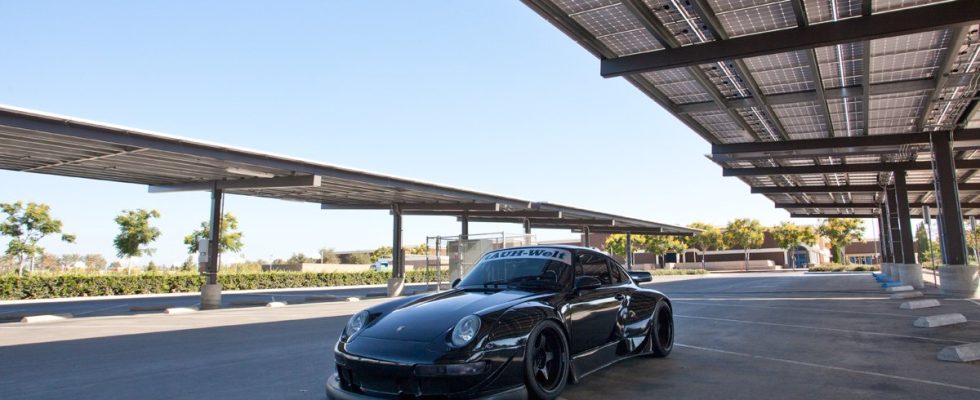Static in cars refers to the buildup of electrical charge on the surface of the vehicle. This phenomenon is often noticed when tiny sparks occur upon touching the car. Understanding what does static mean in cars is crucial for safety, as it can lead to more serious issues such as potential shocks or interference with electronic components. Let’s delve deeper into the causes of static electricity in cars and explore ways to mitigate its effects.
Understanding What Does Static Mean in Cars
Welcome to our guide on understanding what does static mean in cars! If you’ve ever heard the term “static” being used when talking about cars, you might be wondering what it actually means. In this article, we’ll break down the concept of static in car lingo in a fun and easy-to-understand way.
What is Static?
When it comes to cars, static refers to a specific style of modifying a vehicle’s suspension system. Suspension is what helps your car ride smoothly over bumps and uneven roads. Static modifications involve lowering the car’s body closer to the ground to achieve a certain look and improve performance.
Lowering Your Ride
Imagine your car sitting lower to the ground than usual – that’s the result of a static modification. By lowering the car, you can achieve a more aggressive and sleek appearance. However, this modification isn’t just about looks; it can also improve handling and aerodynamics when done correctly.
Static modifications are different from adjustable suspensions systems that can be changed depending on driving conditions. When a car is static, the height remains fixed, hence the term “static.”
Popular Static Modifications
There are various ways to achieve a static look for your car. Let’s explore some popular static modifications that car enthusiasts often choose:
Coilovers
Coilovers are a common choice for achieving a static setup. These are adjustable suspension components that allow you to lower or raise your car’s ride height. When set to a specific height and locked in place, coilovers can provide the desired static look.
Lowering Springs
Lowering springs are another option for static modifications. These springs replace the factory springs in your car’s suspension system and are designed to lower the ride height. While not as adjustable as coilovers, lowering springs can still offer a static appearance.
Static Drop
A static drop involves physically modifying the suspension components of the car to lower its height permanently. This method provides a fixed ride height that doesn’t offer adjustability but delivers a consistent static look.
Pros and Cons of Static Modifications
Like any car modification, static setups come with their own set of advantages and disadvantages. Let’s take a closer look at the pros and cons:
Pros
- Enhanced aesthetics: Static modifications can give your car a unique and eye-catching appearance.
- Improved handling: Lowering the car’s center of gravity can enhance cornering and overall handling performance.
- Aerodynamic benefits: A lower ride height can reduce drag and improve aerodynamics.
Cons
- Ride quality: A lowered ride height can result in a stiffer ride and may make bumps feel more pronounced.
- Ground clearance: Depending on how low the car is, you may encounter challenges with speed bumps, steep driveways, and other obstacles.
- Installation costs: Static modifications may require professional installation, which can add to the overall cost.
Is Static Right for You?
Deciding whether a static setup is right for your car ultimately comes down to your personal preferences and driving needs. If you prioritize aesthetics and performance, static modifications could be a great choice. However, if you’re concerned about ride comfort and practicality, you may want to explore other suspension options.
Before making any modifications to your car, it’s essential to research different setups, consult with experienced enthusiasts, and consider your budget and driving habits. Remember, car modifications should always be done safely and responsibly.
In conclusion, understanding what static means in cars can open up a whole new world of customization and personalization for your vehicle. Whether you’re looking to enhance the appearance, performance, or both, static modifications offer a unique way to make your car stand out on the road.
By exploring the concept of static and its potential impact on your driving experience, you can make informed decisions when it comes to modifying your car’s suspension system. Embrace your inner car enthusiast and start exploring the exciting world of static modifications today!
Asking a Static Stance Guy 10 Questions
Frequently Asked Questions
What are static means in cars?
Static in cars refers to a condition where the vehicle is stationary or not in motion. It is the opposite of dynamic, where the car is in motion or moving.
How does ‘static’ mode affect a car’s functionality?
When a car is in static mode, it is not consuming fuel or generating wear and tear on engine components due to movement. However, certain systems like entertainment or climate control may still be operational depending on the vehicle.
Can a car be stuck in ‘static’ mode unintentionally?
No, a car being static is typically a deliberate state controlled by the driver. The driver decides when to put the car in park or turn off the engine, thus keeping the vehicle in a static position.
Final Thoughts
In conclusion, understanding what static means in cars is crucial for maintaining vehicle safety and performance. Static refers to the state of a car when it is stationary, without any movement. This term also applies to components like suspension and alignment. Properly addressing static issues through regular maintenance can prevent potential problems and ensure a smooth driving experience.


